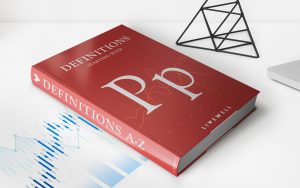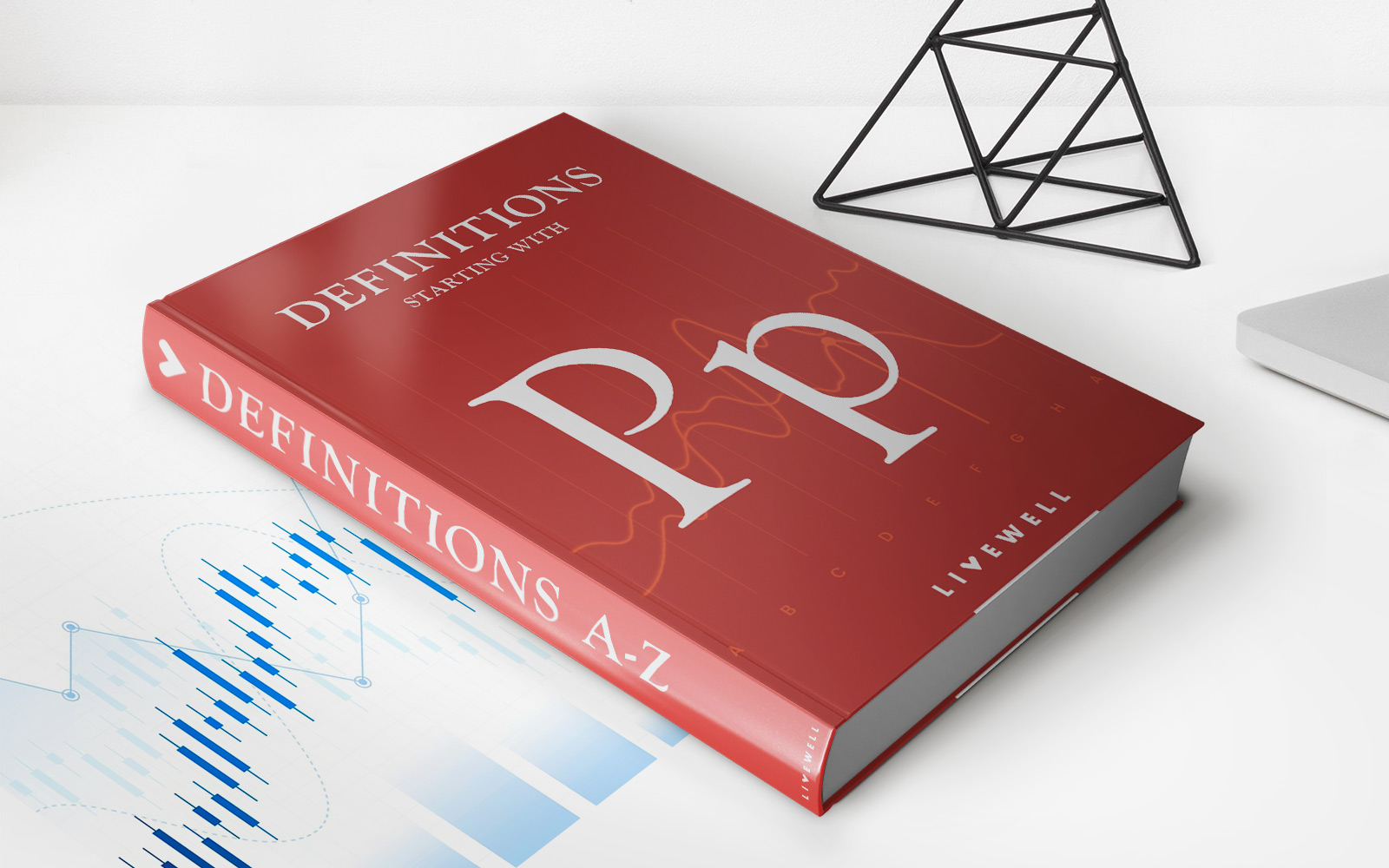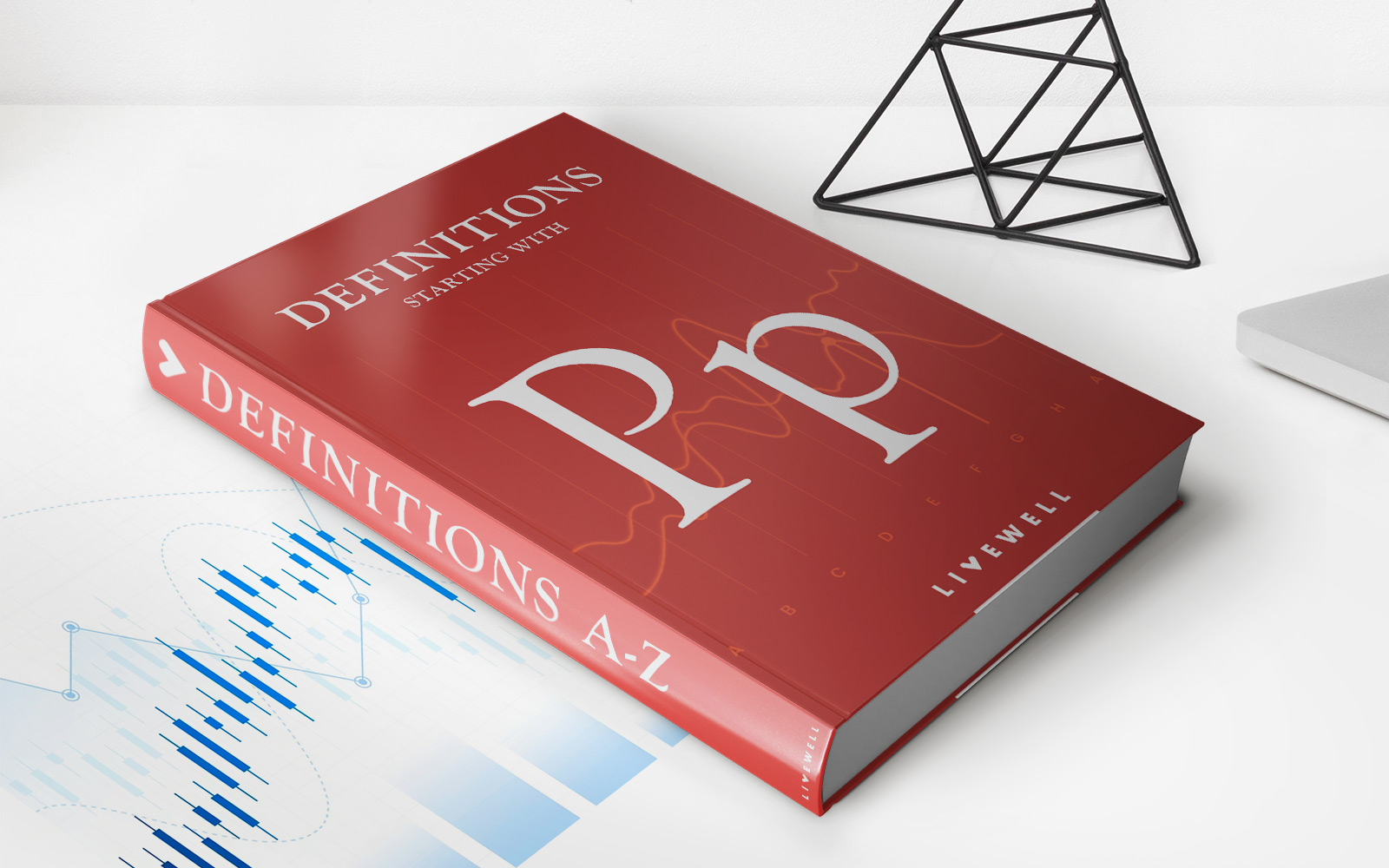

Finance
Pull-Through Production Definition
Published: January 13, 2024
Looking for a concise definition of pull-through production in finance? Discover the key concepts and strategies behind this efficient manufacturing process.
(Many of the links in this article redirect to a specific reviewed product. Your purchase of these products through affiliate links helps to generate commission for LiveWell, at no extra cost. Learn more)
The Importance of Understanding Pull-Through Production in Finance
Finance is a complex field that requires a deep understanding of various concepts and processes. One such concept that is crucial to comprehend is pull-through production. Pull-through production plays a significant role in financial management, and by understanding it, individuals and businesses can make informed decisions to optimize their financial strategies. In this blog post, we will dive into the definition of pull-through production, its significance, and how it can be applied in the finance industry.
Key Takeaways:
- Pull-through production is a concept that refers to the seamless integration and coordination of all stages involved in the production process.
- Understanding pull-through production helps streamline financial processes, increase efficiency, and reduce costs.
Now, let’s delve deeper into the definition of pull-through production. In simple terms, pull-through production is a method where each stage of production is initiated and completed only when it is directly required by the next stage. This approach ensures that time and resources are not wasted by producing excess inventory without immediate demand.
Pull-through production has gained significant importance in the finance industry due to its efficiency and cost-saving benefits. By implementing pull-through production techniques, financial institutions can effectively align their production activities and resources according to customer demand. Here are some key advantages of understanding pull-through production:
- Improved efficiency: Pull-through production allows financial organizations to optimize their processes by eliminating redundant steps and focusing solely on customer needs. By reducing waste and streamlining operations, efficiency can be significantly improved, resulting in higher productivity.
- Cost reduction: By eliminating excess inventory and reducing the chances of overproduction, pull-through production can help minimize costs related to storage and waste management. This cost-saving factor can greatly benefit finance companies and enable them to allocate resources more effectively.
To apply pull-through production in the finance industry, companies need to break down their processes into small, manageable steps. They should closely analyze customer demand, market trends, and internal capabilities to align their production seamlessly. By adopting an agile approach, financial institutions can quickly adapt to changing customer needs and stay competitive in an ever-evolving industry.
In conclusion, understanding pull-through production is vital for those in the finance sector. The integration of this concept enables improved efficiency, cost reduction, and ultimately, better financial outcomes. By implementing pull-through production techniques, businesses can stay ahead of the curve and make informed decisions that drive success in the dynamic world of finance.














